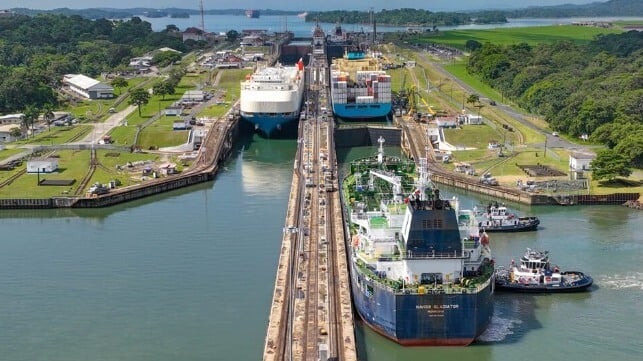Panama Canal Authority is Planning to Build its First Port Terminals

The Panama Canal Authority (ACP) is advancing plans to tender out the construction and operation of two ports for LPG tankers, the organization's chief told Bloomberg this week. The facilities will be located on each side of the isthmus and will be connected by a pipeline, allowing LPG shippers to move their cargo from the Atlantic basin to the Pacific without transiting the canal.
The idea for a trans-Panama LPG pipeline has been percolating for some time. It stems from high U.S. Gulf Coast production of ethane and propane, combined with high Asian demand. Cargos on the USGC-East Asia route are usually loaded on very large gas carriers (VLGCs) and sent through the canal, but last year, severe drought conditions restricted the use of these vessels and impeded the trade. A pipeline would let shippers transload their cargoes from one side of Panama to the other, using two ships to complete one voyage - without the potential draft restrictions and delays of a canal transit.
Future demand for LPG shipping across the isthmus could be driven by rising ethane demand from Chinese petchem companies, Panama Canal Authrity CEO Ricaurte Vasquez told Platts earlier this year. If LPG cargoes were diverted to the pipeline, that could also free up more slots on the New Panama Canal for other large ships, like LNG carriers.
The LPG plan is a way for the ACP to dip its toe in the water for taking on port operations, Vasquez told Bloomberg this week. The authority has not historically had a hand in cargo facilities, but Vasquez told the outlet that "we are coming into the game of port terminals."
ACP plans to launch a tender soon to solicit an operator for LPG terminals on the Atlantic and Pacific coasts. The bidding process to select a builder for the LPG pipeline was authorized in April.
